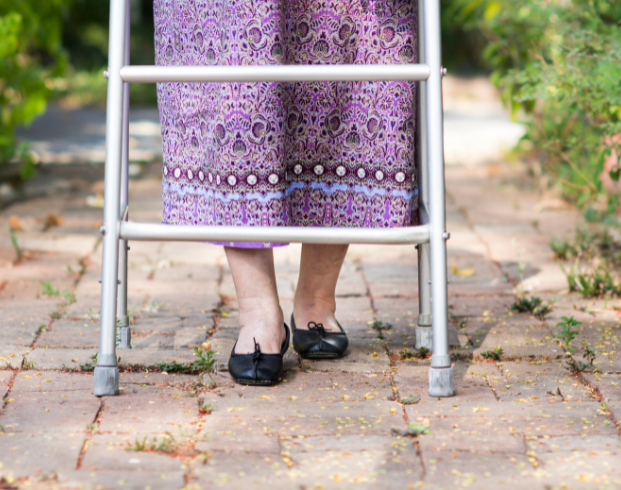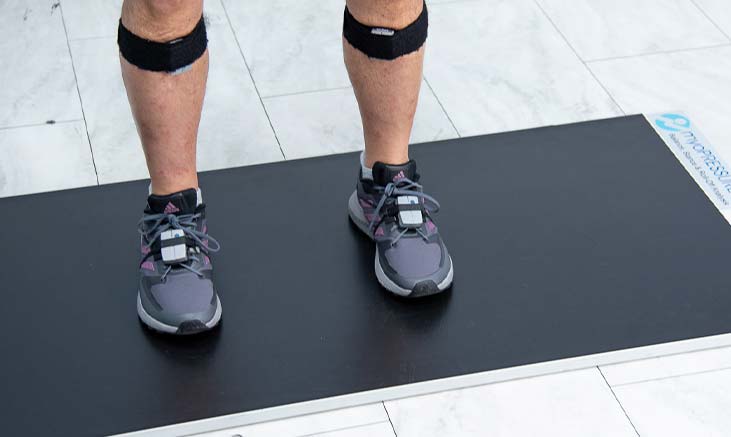Understanding Fall Risk
According to the CDC, one in four adults aged 65 years and older fall each year and less than half report these accidents to their doctors.
Many factors can cause a fall, including:
- Eyesight, hearing, and/or reflex decline
- Medical conditions such as diabetes and heart complications
- Cognitive disabilities such as dementia
- Age-related muscle mass loss (sarcopenia)
Once an older adult falls for the first time, their chance of having a repeat incident doubles. Therefore, it is crucial for seniors to report any falls to their doctors and take steps to reduce their risk of falling.


Fall Risk Prevention
Although some falls may happen sporadically, fall risk tends to increase with age. In fact, many seniors fear falling, which can cause them to steer clear of certain activities and social interactions. Even if there is a fear of falling, it is important for older adults to stay active to keep the body as healthy and agile as possible. Taking part in activities such as balance and muscle-strengthening exercises, avoiding or limiting alcohol, regularly testing hearing and eyesight, and choosing the correct footwear can significantly help reduce their risk of falling.
One way to help manage fall risk is to do a balance and sway analysis. A sway analysis provides an objective assessment of weight distribution and postural stability for the purpose of understanding how an individual maintains equilibrium and achieves balance, which are critical components for completing everyday tasks. This type of analysis can be used in rehabilitation to help improve balance, increase agility, develop muscle tone, and treat a wide variety of pathologies.



